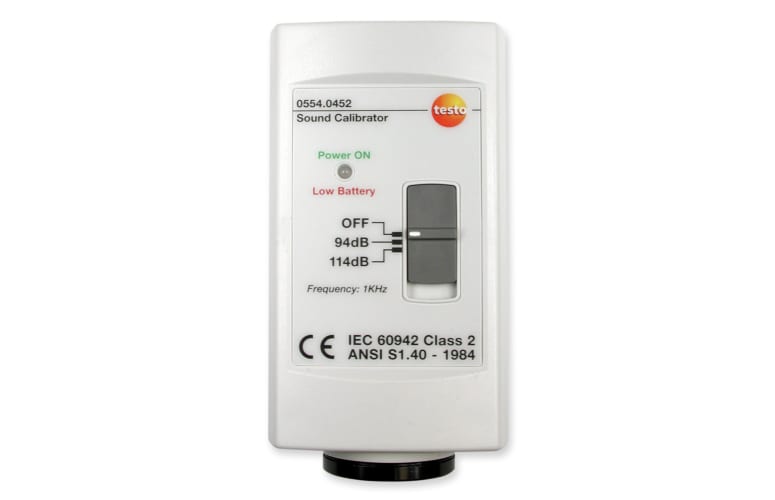Areas of application for the testo 816 sound level meter
Use the testo 816 sound level meter for reliable determination of dB values in the following applications, amongst others:- Heating technology: measurement of the volume of burners
- Industry and trade: measurement of machinery noise
- Event technology or public authorities: noise levels at events
- Building services: simple measurements by caretakers when there are complaints
- Trade: checking compressors and assemblies
The advantages of the testo 816 sound level meter
The testo 816 has many technical features for professional sound measurement:The sound level meter covers the 30 to 130 dB range. Over this range, you can manually set the individual measuring ranges of 30 to 80, 50 to 100 and 80 to 130 dB or activate the Auto-Range function.
The AC/DC output for a standard 3.5 mm jack plug enables flexible data reading. A recorder or an amplifier can be directly connected to the instrument via the AC output. A recorder or data logger can easily be used directly on site via the DC output.
You can switch the time weighting between Slow (1 s) and Fast (125 ms), depending on the requirement. In addition, you can choose between two frequency weightings: characteristic curve A corresponds to the perception of sound by the human ear, characteristic curve C evaluates the low-frequency portions of a sound.
In addition, you can recalibrate the testo 816 sound level meter directly on site using the sound calibrator, which is available as an option, and the screw driver, which is included in the delivery.
The readings can easily be read on the illuminated display, even if visibility is poor. Further details of useful equipment: tripod socket, min./max. function, Auto-Off function and 8 V input.


